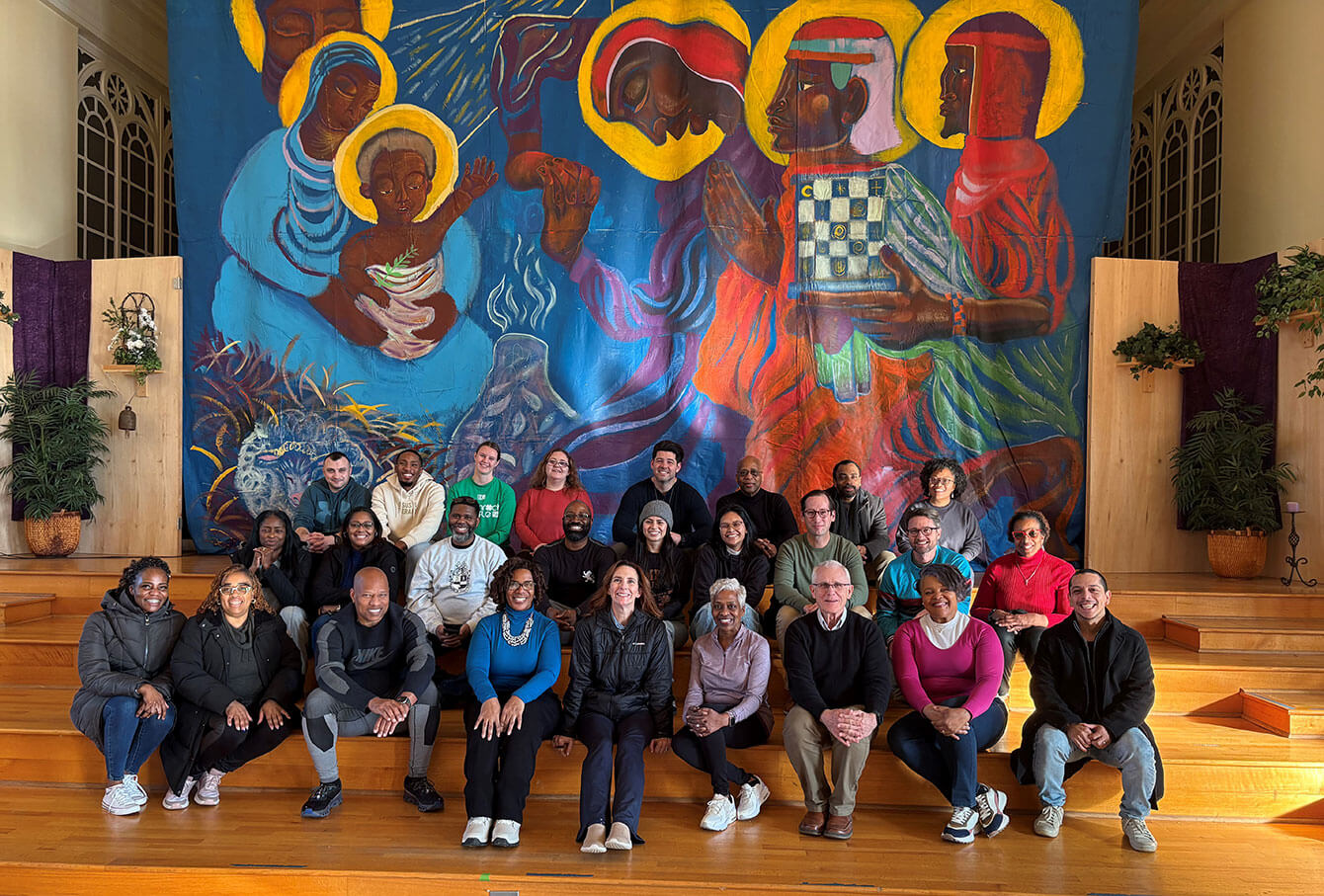
Every church leader has been there: you poured your heart and soul into a new initiative only to hear “Wait, when did we decide to do this?” You spent months planning the program, preparing a budget and organizing activities, but when kickoff day comes, too many people say they don’t know what is happening or don’t understand the opportunity.
What happened?
Large institutions spend millions on communications for a good reason. In a world in which we are bombarded by competing messages, communication becomes even more critical. Churches that miss the mark on communication will struggle to move even the best vision forward.
Communication is at the heart of the church’s mission. God calls us to proclaim the unfathomable riches of the gospel in an irresistible way so that people are drawn to the life of Jesus Christ. At times, the church has had the right message but used ineffective methods to share it.
So, what does effective communication look like? Experts like Katie Allred advise leaders to develop a communication plan. A good communication plan will lay out a roadmap for how and when you share information and specify who is responsible for each communications task. The roadmap helps you chart a path and evaluate your results. Without an intentional plan, we’re really just hoping for the best.
When you do make a communication plan, be sure to identify your audiences, clarify your timeline and diversify your tools. Your audiences might be defined by generation, relationship status or personal needs. Being clear about who you are communicating to is critical because different strategies will resonate with different generations and cultures in different ways. One thing is certain: you don’t want to leave communication to chance. Find out how your people want to receive information and tailor your approach to their preferences.
Resources
What Zoom has taught us about in-person connection and stewardship of relationships
The expansion of virtual meeting options during the pandemic allowed us to continue our work and personal interactions more safely. Now, we need to rediscover the value of in-person gathering versus online efficiency, writes a director of grants for Leadership Education at Duke Divinity.
By Victoria Atkinson White
Communication and the congregational leader
The underlying goal of church communication is to foster relationships, and its strategies should be developed with that in mind. A communications professional shares some best practices for improving church communication.
By Natalie Aho
5 ways to communicate more effectively with your congregation
Ensuring that everyone in a busy church is informed about upcoming events can be a daunting task. The director of the Lewis Center shares strategies that can significantly improve your communication efforts and help make sure your messages are effectively conveyed and received by your congregation.
By Doug Powe
Small steps can help improve your ministry’s online presence
Regardless of the size of your congregation, there are several little things you can do to create a useful website and an excellent user experience.
By A. Trevor Sutton
Before you go
God is a God who plans. Isaiah 25:1 (NRSVUE) says, “O Lord, you are my God; I will exalt you; I will praise your name, for you have done wonderful things, plans formed of old, faithful and sure.”
Communication plans come from the world of marketing and to some church leaders “marketing” is a bad word. How about we change the word “marketing” to “messaging”? The church has a message and a mission that transforms lives and brings hope to the world. Let’s plan to invite our people into God’s work.
As you prepare for 2026, what do you want to see happening at your church? Once you’re clear about that, pull together a team and develop a clear plan for how you’re going to send that message to every corner of your congregation. Communication plans don’t have to be complicated or expensive. Email and social media cost little to nothing. But if you use them well, you will see big returns on your investment.
You can always reach me and the Alban Weekly team at alban@duke.edu. Until next week, keep leading!

Prince R. Rivers
Editor, Alban at Duke Divinity




